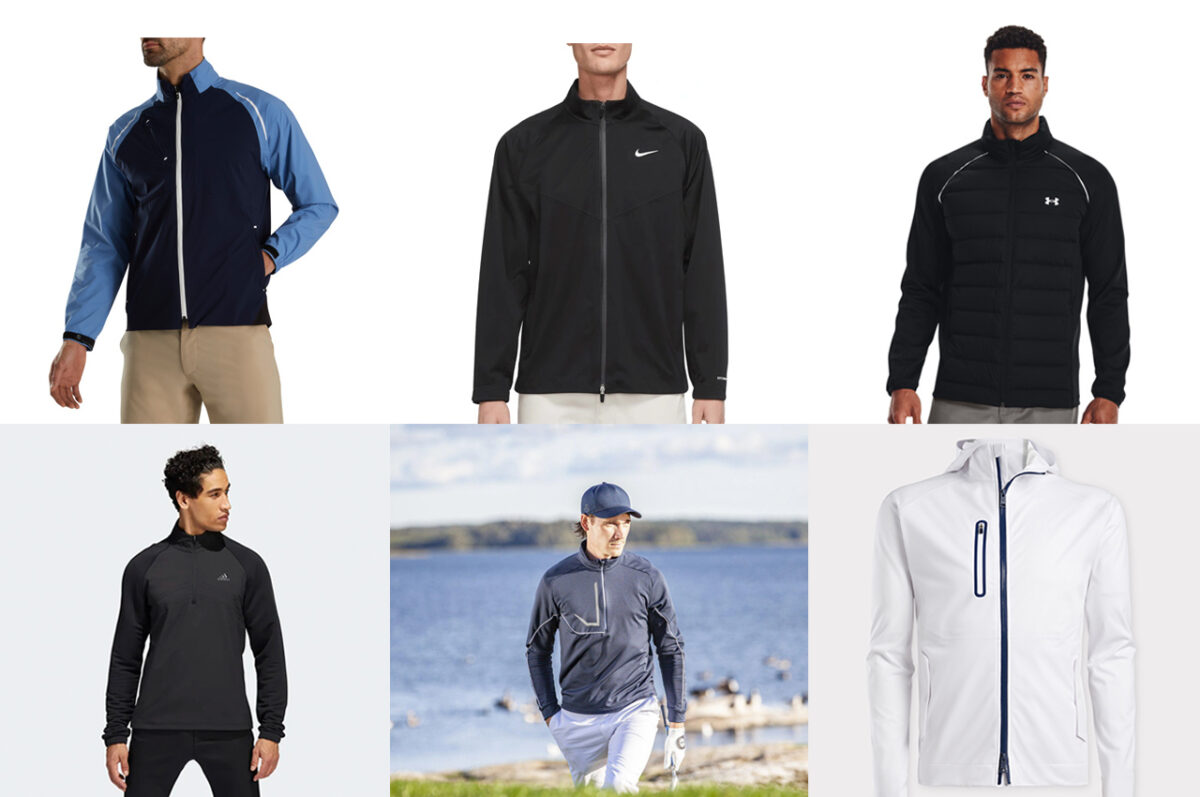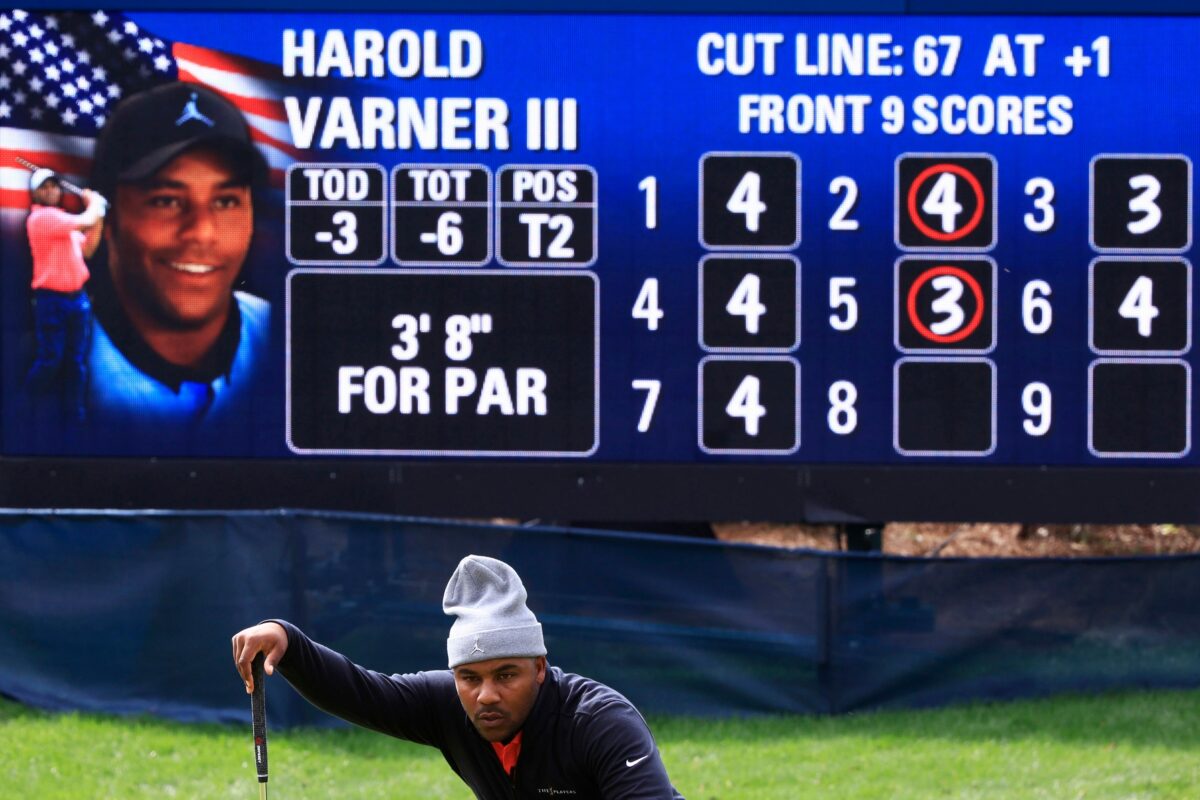When 36 holes were complete, Sam Burns and Tom Hoge were atop the leaderboard at 7 under.
PONTE VEDRA BEACH, Fla. – There is no snow on the ground, but winter was definitely in the air Sunday morning at TPC Sawgrass.
When players took to the Stadium Course for resumption of the Players Championship’s second round at 8:15 a.m. ET, the wind chill factor made it feel like it was 25 degrees. Caddies were dipping towels into buckets of water to clean clubs and golf balls in the future; the towels froze up quickly.
The thermometer struggled to get past 35 for much of the morning.
It didn’t cross 50 until around 12 noon.
“It was freezing,” said Tommy Fleetwood, who finished off a 1-over 73 that left him at 5 under through 36 holes. “It was really, really cold this morning. The sun warmed things up a little bit. But this morning was like as cold as I think I’ve ever played a Tour event, for sure.”
Players: Leaderboard | How to watch | PGA Tour Live on ESPN+ streaming
Storms beginning Wednesday night forced the second round into Sunday. The tournament also had to deal with ferociously high winds on Saturday. The first round took 54 hours, 16 minutes to complete. The second round? Finished in a mere 27 hours, one minute.
“It was not warm,” said Harold Varner III, who has posted consecutive 69s to sit at 6 under. “I’m in a lot of clothes right now. Funny enough, I used to live here, so I’ve played it colder. It is what it is.”
When 36 holes were complete, Sam Burns and Tom Hoge were atop the leaderboard at 7 under; Burns shot 69 in the second round, Hoge a 71.
A shot back in a tie for third were Harold Varner III (60) and Erik van Rooyen (67). Another shot back at 5 under were Fleetwood, Abraham Ancer (71), Paul Casey (69), Corey Conners (69), Keith Mitchell (72), and Taylor Pendrith (71).
The cut came in 2 over with 71 players moving on, including Rory McIlroy and Scottie Scheffler, who made the cut on the number.
Among those missing the final two rounds were Brooks Koepka, Jordan Spieth, Xander Schauffele, Patrick Cantlay, Tony Finau, Adam Scott and Jason Day.
“I was onto my third sweater, I think, and I still wasn’t warm enough,” said Hoge, who won earlier this year at Pebble Beach. “You know what, I think we definitely got the good end of the draw. That’s golf, I guess. It was certainly difficult out there still this morning. I felt there were a lot of challenging golf shots out there.
“I just tried to hit a lot of fairways and greens. I managed it very well until the 18th hole. But it was a solid day for me, and hopefully I keep that going.”
[vertical-gallery id=778253495]





